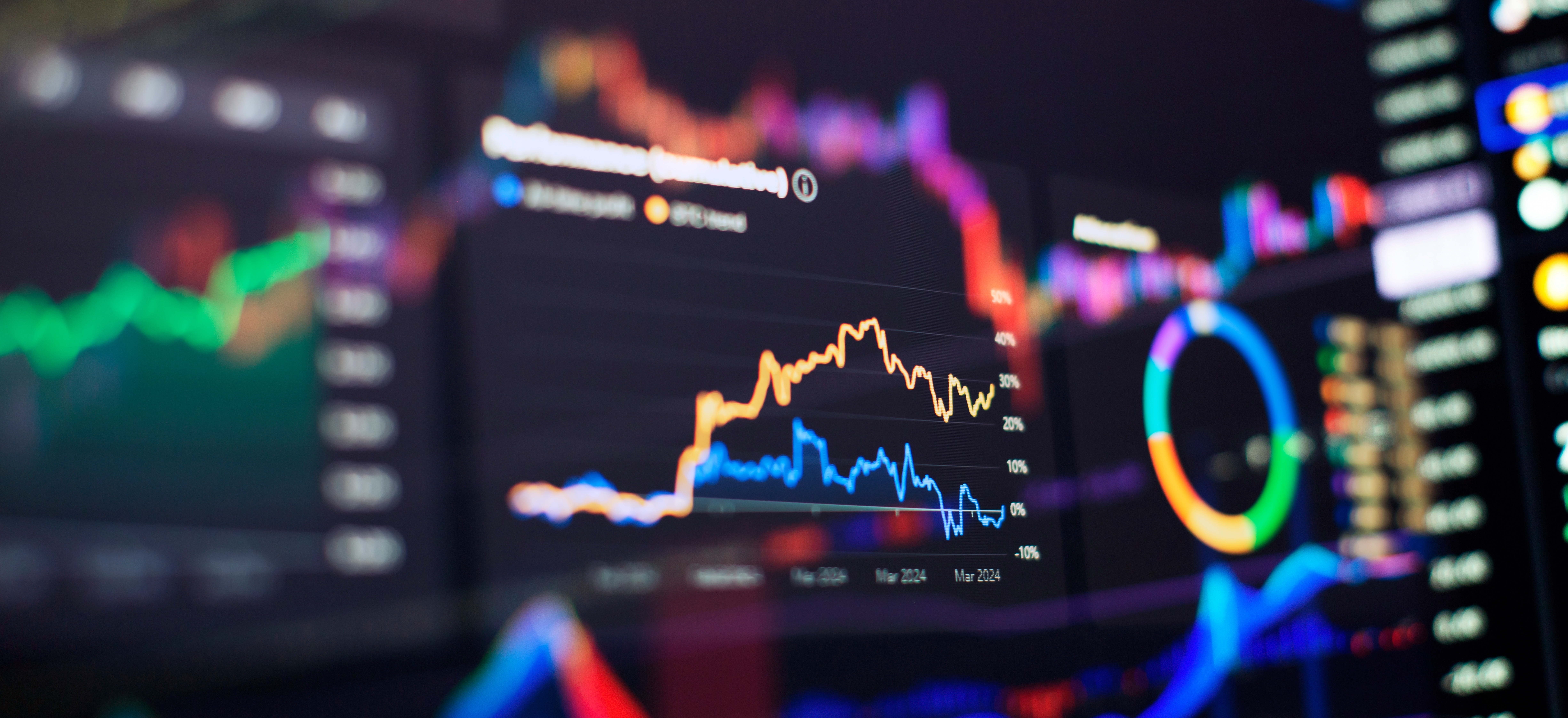How resilient is your global energy procurement strategy? Assess yours against these checkpoints

Energy procurement in a shifting landscape
The global energy landscape is becoming increasingly complex and volatile. Critical geopolitical shifts and the transition towards more renewables in the energy mix are affecting supply chain dynamics, leading to uncertainty around global fuel supplies. Businesses are understandably grappling with unprecedented levels of complexity, risk, and uncertainty.
The challenges and complexity are amplified for global organizations that operate across multiple countries and sites. There are diverse regulatory frameworks to navigate while dealing with fluctuating market conditions and the uncertain choice between centralized and decentralized procurement teams – all while striving for a unified power and gas strategy.
In this environment, simply reacting to market changes is no longer enough. You need an energy procurement strategy that is not just efficient, but truly resilient; one that can withstand shocks, adapt to changing political and geographical conditions, and ultimately drive sustainable growth.
To help you assess your current approach, we've developed a checklist of key points to consider and ensure your global energy procurement strategy is ready for whatever the market throws your way.
Checkpoint 1: Watching the right signals when it comes to global energy risk
There are several factors you need to consider beyond price fluctuations that could impact your energy procurement decisions:
- The unpredictability of geopolitical influences. International relations are increasingly influencing the energy landscape, and critical political shifts - ranging from Middle East instability to mineral monopolies and escalating US-China trade rivalries - may have immediate and significant impacts on your business. Geopolitical developments like this can result in increased price volatility across your portfolio as well as potential disruptions to the energy supply chain, and even sudden changes in regulatory priorities as governments respond.
Ensure that you are able to anticipate uncertainties and incorporate flexibility in your strategy to adapt to unforeseen events.
- Regulatory divergence - a patchwork of policies. The energy transition is being driven by diverse regulations across the world. From the EU Green Deal to the US Inflation Reduction Act and varying policies across Asia-Pacific. A variety of energy policies naturally brings compliance challenges as well as differing costs for carbon emissions, and incentives to adopt renewable energy sources. (Learn more about the global landscape of carbon reporting on-demand.)
Ensure you stay abreast of evolving compliance requirements and understand how to navigate them, whether they relate to energy consumption, or energy supply to optimize opportunities in each market.
- Supply chain stability – look beyond immediate availability. Infrastructure limitations, potential bottlenecks in transport, and even the availability of raw materials for renewable energy technologies all play a critical role in supply chain resilience. The current geopolitical instability in the Middle East, for example, is expected to impact the availability and pricing of materials such as semiconductors, which are essential for both renewable energy technologies and EVs. Fluctuations in demand and consumption due to supply constraints can lead to uncertainty around energy procurement, even if overall market prices appear stable.
Diversifying your energy sources and buying from multiple suppliers/sources, while also having backup options in place, will help avoid problems if one part of the supply chain fails.
Checkpoint 2: Evolving to smart buying strategies as the energy transition gains pace
The switch to cleaner energy is no longer a distant, future concept; it’s already happening. Today’s procurement teams need to lead the way by doing two things: keeping costs under control and helping reduce carbon emissions worldwide.
- Cost optimization and decarbonization - The traditional focus on cost savings remains a key driver, but it can no longer be viewed in isolation. The pressure is on to decarbonize operations, with investors, regulators and customers alike pushing to find solutions that address both cost-effectiveness and sustainability.
Forward-thinking decision-makers will need to be open to new techniques, products, and markets to implement an energy procurement approach that delivers both economic and environmental benefits.
- Long-term value and short-term gains - Teams must look at immediate energy prices and think about the long-term value and benefits over the entire energy lifecycle to build a stronger, more resilient plan.
Make sure you are diversifying your energy mix, investing in renewable energy contracts such as PPAs, implementing energy efficiency measures, or exploring advances in battery energy storage systems (BESS). It may involve a slightly higher upfront investment, but the long-term pay-off can be significant and result in price stability, a reduced carbon footprint as well as improved brand reputation.
- Data-driven decisions - Data is one of the most valuable assets in the complex landscape of global energy purchasing. Smart data analysis means better visibility of energy consumption patterns, which can help you identify energy efficiency opportunities, strengthen your negotiation power with suppliers, and deliver more accurate carbon reporting.
Make sure you have comprehensive data collection and analytics software in place across all sites to help you make informed, strategic decisions, while also helping track progress towards sustainability targets.
Checkpoint 3: Operational efficiency across borders - streamlining multi-site procurement
If your organization has multiple locations, sharing information across all sites is key to getting the most value out of a global energy strategy.
- Centralized oversight vs. local flexibility - Finding the right balance between centralized oversight and local flexibility can be a challenge for many global organizations. While a unified global energy strategy is important for overall direction and leveraging buying power, local procurement teams also need the autonomy to understand and adapt to regional market conditions, regulations, and operational realities.
Implement an agreement with an energy specialist with teams across the world. This can provide local expertise with the necessary flexibility to manage energy effectively in different regions.
- Leverage technology for better visibility and control - Energy management platforms and digital tools can simplify billing across multiple sites to you better understand your usage and give you a clear global or regional overview. They can also help you manage energy risks, support carbon reporting, understand your energy usage and costs, and make smarter budgeting decisions with access to market data and forecasts.
Review your technology availability, data connectivity, and access to actionable insights. Speed to insights can be the difference between a successful and unsuccessful strategy.
Checkpoint 4: Building resilience for the future
Today’s energy markets move fast. If energy costs make up a big part of your budget, price swings and increasing non-commodity costs can seriously impact your finances and make future planning difficult. Creating a resilient energy pricing strategy is essential, but it can be complicated and is a continuous journey - it needs proactive planning, the ability to pivot quickly and adapt to stay ahead of the curve.
By taking control of your energy, finding the right expert support, and putting price risk management solutions in place to help forecast and mitigate risks, you can minimize the impact to your business.
Need help identifying risks or threats to your business?
Get in touch with the Price Risk Management team here.



